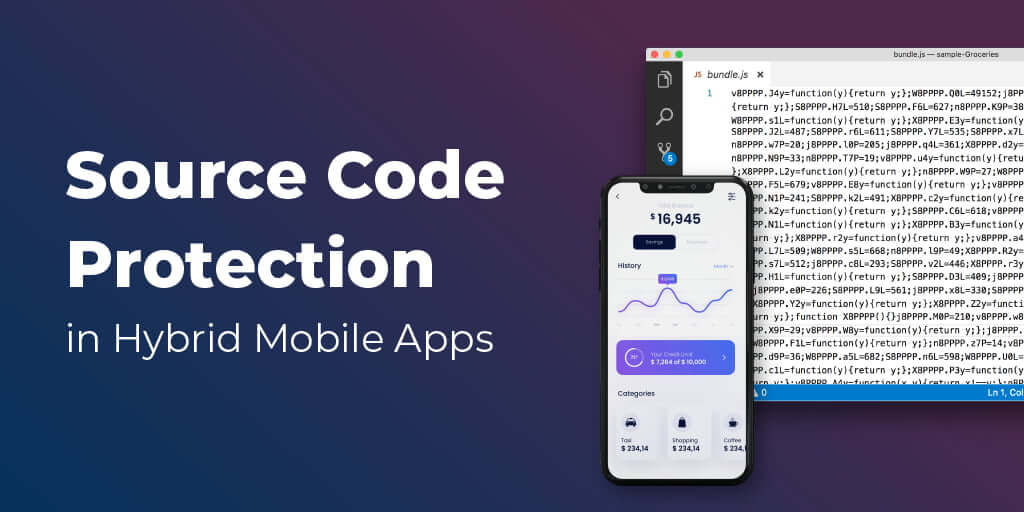Rooting is the process of unlocking an Android device in order to access higher administrative privileged controls. You can think of rooting an Android device as promoting yourself from a system user to a system administrator. While users often do this simply to gain additional freedoms, the practice also introduces risks that come from greater control over the deeper, more intricate workings of the device.
It is important for security teams and developers to ensure that their apps can detect this security vulnerability. Hackers often root devices or take advantage of devices that have been rooted by the owner to gain access to sensitive user data and other secrets stored in an app’s source code. Detecting this vulnerability is essential to keeping apps safe because it is difficult to guarantee system security and various safeguards after the root.
Possible Negative Outcomes of Not Implementing Root Detection
Attackers use rooting to better understand how an app executes (which is known as “dynamic analysis”) or to modify an app’s behavior while it is running (e.g. to cheat a game). Verimatrix’s data shows that globally, 36 out of every 1000 Android devices are rooted.
Rooting an Android device disables some of the crucial built-in security features of its operating system and makes it easier for a hacker to take the app out of its “sandbox”. Since the sandbox is what traditionally silos sensitive information and keeps it within the app, bypassing this security measure can lead to detrimental damage.
How Does Root Detection Work?
Since a rooted device is much more at risk of being compromised, it is important to implement tools that can detect this vulnerability. Detecting whether the device is rooted or not is essential to ensuring that your apps only execute where, when, and how you want them to.
Automated root detection can easily spot tell-tale signs of a rooted device and shut down your application when it is running in an unsafe environment. Customizable, flexible tools will also offer the freedom to choose how and when your app responds to a rooted device.
You can use customizable security to block the use of certain features instead of shutting down your entire operation, which ensures that your business isn’t disrupted. Detecting whether an Android device is rooted or not is important for further security measures. On top of root detection, other important application protection methods include anti-tamper technology and code obfuscation. Together, these security methods form a strong check network and layered protection that will help your app stand up against all kinds of threats.





